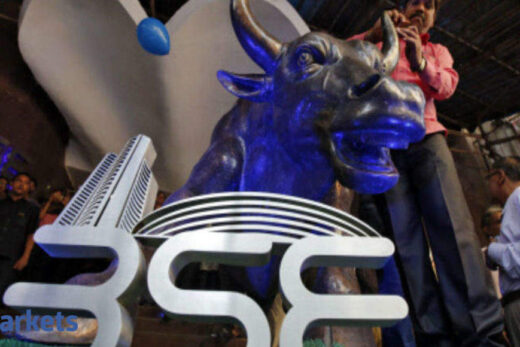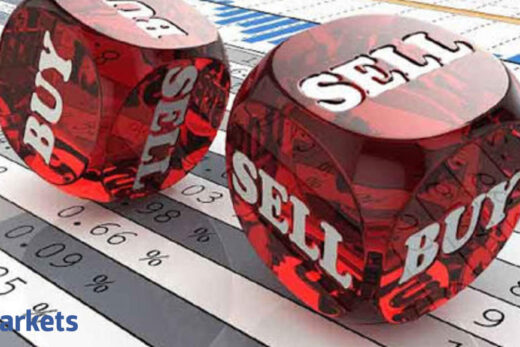At the company level, these events can be in the form of earnings announcements, product launches etc. People try to anticipate the outcomes of these events and also the impact of the same on stock prices.
However, when events unfold as expected i.e. the consensus had predicted the outcome correctly, the market does not behave as anticipated. Hence comes the old adage among the stock market traders, “Buy on rumours, sell on news.”
Believe it or not, despite the absence of so many meetings/events in the 17th century, Joseph De La Vega had written about this behaviour of the market in his book Confusion de Confusiones (a fantastic read) in 1688. De La Vega was a Spanish man of varied interests. He was a merchant in diamonds, financial expert, moral philosopher and poet, residing in 17th century Amsterdam. In the book, he writes, “The expectation of an event creates a much deeper impression upon the exchange than the event itself. When large dividends or rich imports are expected, shares will rise in price; but if the expectation becomes a reality, the shares often fall.”
He called this behaviour of stock prices quite natural and explained it logically using the observed behavioural characteristics of both types of investors, the bulls and the bears. Whenever there is an event where the consensus is expecting a positive outcome, the bears would generally refrain from getting in the way. The bulls become quite optimistic with the state of affairs, and the prospects of gains will drive them to buy more. They become overconfident and any small negative development on the way to the event doesn’t deter them from their path.
“But as soon as the ships arrive or the dividends are declared, the sellers take new courage. They calculate that for some months the purchasers — the bulls — will not be able to expect very propitious [new] events,” says De La Vega. With nothing to look forward to for some time, the bulls either take profits or stop their additional purchases. The bears start selling based on the excesses that were created on the way to the event. “…and therefore, no wonder that the shares fall, because they are abandoned by the one side and are attacked by the other.”
Behavioural Finance Research on this Phenomenon
Advances in neuroscience and psychology have put new light on studying financial decision making under uncertainty. According to Daniel Gilbert, an American social psychologist and writer, while the size of the human brain increased almost three-fold in the two million years of evolution, it has also gained new structures. It gained a new part called the ‘prefrontal cortex’, which acts as an experience simulator.
As human beings, we have a unique ability to simulate experiences in our heads before we experience it in the real world. This simulation sometimes also brings in a bias called the ‘Impact bias’. It is the tendency to overestimate the intensity or the duration of future emotions and state of feeling.
Now, as we know, when an event is expected, people would tend to forecast the outcome and its impact on stock prices. If the outcome is likely to be positive, we simulate the happiness of profiting from it. If the event is important and its outcomes are vivid and easily imaginable, it starts getting a lot of attention. Everyone is talking about it and analyzing it. A positive narrative builds up and leads to herding.
A fascinating research paper by Richard Peterson, highlights that “anticipation of reward generates a positive affect state. Positive affect motivates both increased risk taking and increased purchasing behaviours.”
Rising prices reinforce the trend and investors downplay the risks. As we move towards the event, ‘Myopic Discounting’ comes into effect. It refers to the tendency to prefer near-term rewards over longer term. “As the anticipated potential reward approaches in time, investors’ positive affect is increasingly aroused,” says Peterson.
By the time, the event date is reached, much of the upside from the outcome, the consensus is expecting, gets exhausted. New and inexperienced investors may still continue to flock in at this stage. Once the event is done with and the outcome is as per expectations, not matter how good, the trend starts reversing. With nothing to look forward to immediately, profit booking sets in; risk taking shifts to risk aversion. Price fall confirms the change in trend and starts reinforcing a downward move.
Should we change the way we look at important events?
According the Richard Peterson, the “Buy on Rumours, Sell on News” pattern works when these conditions are observed:
- Potential rewards from the event are easily imagined and there is wide public recognition of the potential reward (if everyone is doing the obvious)
- There is minimal dissemination of information about the event’s risks and minimal investor conditioning to or experience with the event risks (investors are either risk seeking or don’t understand the risk)
- Acceleration of upwards price movement as the event approaches and above average security trading volume (Upward momentum = high expectations)
Handling such a market anomaly caused by investor behaviour requires an intelligent investor to assess what outcome is already priced in and what value is left on the table.



